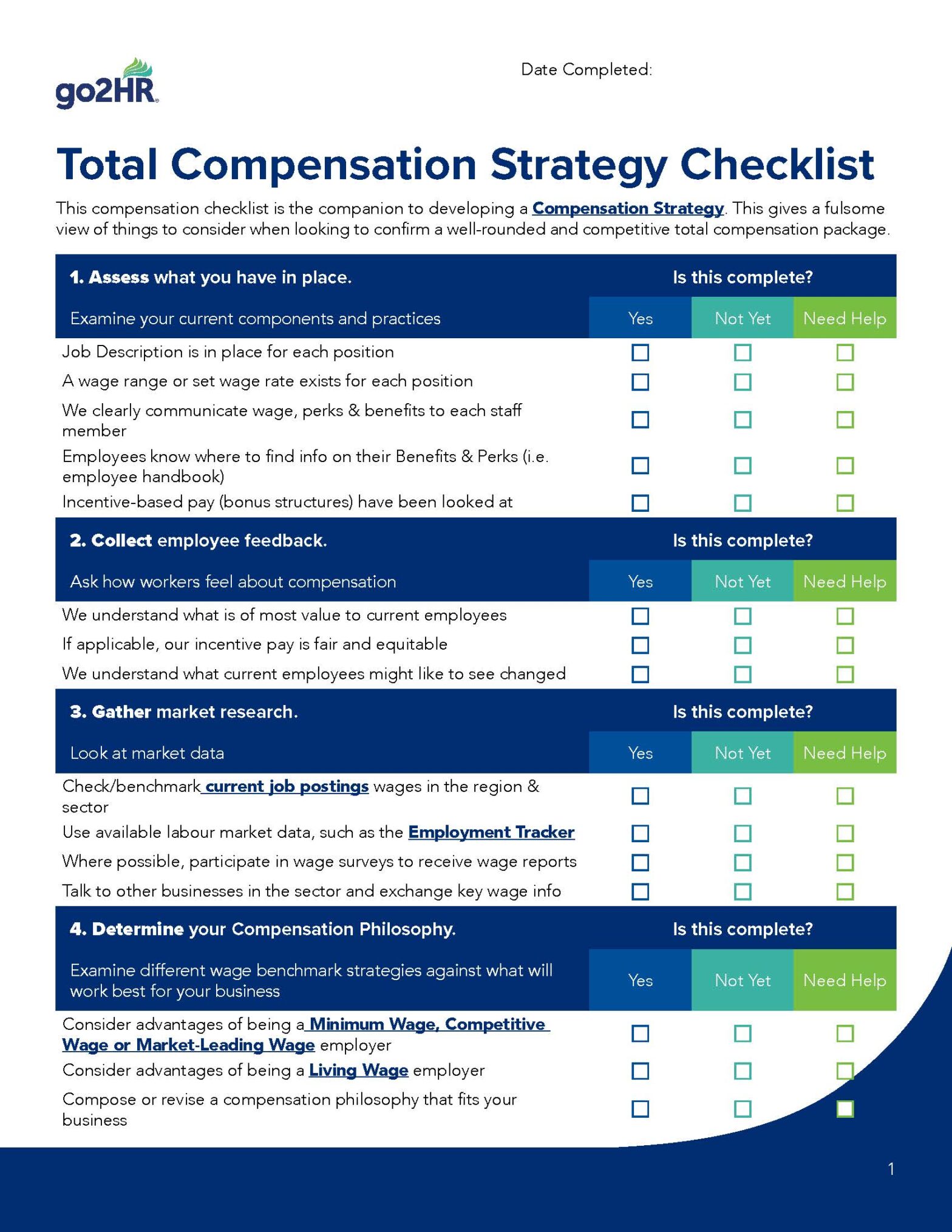February 15, 2024
Staff housing can be a key part of a worker’s total compensation in many regions of the province. As employers strive to attract and retain workers, providing staff housing has emerged as a crucial component of the total compensation package This type of benefit can also be complex: staff accommodations are explicitly covered in Section 48 the BC Residential Tenancy Act, so employers need to understand that they are becoming landlords in addition to being an employer and that brings additional considerations.
Staff housing arrangements will also vary based on the size and location of the business, number of employees that require housing, financial feasibility, etc. There is not a single best-practice or one-size-fits all arrangement that works for every employer. If you are an employer considering purchasing or renting housing for your staff, additional considerations will include the location of this housing (onsite at the workplace, offsite, proximity to transportation and amenities if required and more. If you are an employer already with staff housing, you may have questions about current situations. Your Regional HR Consultant is here to provide tools and resources related to the specifics of your situation.
5 tips to understanding staff housing through a total compensation lens:
- Capture the true value of the business offering subsidized or free housing within your total compensation package.
- Ensure housing is linked to employment agreements
- Require a signed tenancy agreement for all workers staying in housing
- Implement a staff housing handbook that includes policies and a code of conduct
- Ensure proper eviction documentation at the end of employment
1. Capture the true value of housing within your total compensation package
When a business subsidizes housing, in full or in part, for employees there is a cost to the business. Whether that is by way of a percentage of housing costs, a housing allowance, or in situations where businesses rent housing out and offer lower overall rental rates to employees. In a market where housing availability is scarce, this type of benefit is of great value to employees and when transparently communicated to prospective or current employees may affect attraction and retention rates greatly. Use the Compensation Worksheet Template to help you figure that true value is and then share with employees what the effect of this benefit is on their total compensation.
2. Ensure housing is linked to employment agreements
To make clear that staff housing is conditional on maintaining employment, businesses should include language in their employment agreements. This sets out clear expectations and communicates what is being offered, why, and what will happen to staff housing should employment cease. It saves everyone time and effort when employment ends. Consider example language for employment agreements as follows:
“Staff housing is provided for active staff and is dependent on continuous active employment. In the event of employment ending for any reason, the former employee is expected to vacate staff housing as soon as possible and within the time frames set out by the BC Tenancy Act”
3. Require a signed tenancy agreement for all workers staying in housing
Having a formal tenancy agreement in place, in addition to the employment agreement, sets everyone up for success when it comes to staff housing. Where the employment agreement simply says housing is tied to employment, a tenancy agreement outlines the terms and conditions specifically as it relates to housing.
An easy and quick agreement to use is the standard RTB-1 Tenancy Agreement Template provided by the Residential Tenancy Branch. Employers can fill in the particulars for your housing unit(s) for what is included in the rent, pet permissions, alterations to the property, and more. Some employers do prefer to use their own version and those are still valid, however keep in mind that employers cannot put terms in that are contrary to the Act such as agreement to vacate in a shorter period of time such as within 24 hours or 7 days or any other terms that are legislated minimums. There are some extenuating circumstances provided for or contemplated in the Act that can allow for vacation of the premises earlier; however, these are one-off situations.
4. Implement a staff housing handbook that includes policies and a code of conduct
In situations where housing is being provided by the employer, the employer becomes a landlord. This means that employers are responsible for maintaining staff housing in a safe and habitable condition. Regular inspections, timely repairs, and addressing concerns promptly are essential to ensure the well-being of employees and to reduce risk to your business. It also means that employers must respect the privacy of their staff residing in their housing. As such, clear guidelines on entry into employee residences, handling of personal information, ensuring a secure living environment, and more are essential components of operating any staff housing.
The easiest way to set the tone and communicate all of your housing policies is to implement at staff housing handbook, very similar to an employee handbook for work. Within the staff housing handbook include a code of conduct and topics such as:
- Behaviour expectations, including interpersonal behaviors with other residents;
- Maintaining overall cleanliness & daily upkeep;
- Guidelines for on or off-duty substance use (legal or illegal) and parties;
- Guidelines for visitors (parking, visiting hours, number of guests, behaviour, etc.);
- Guidelines for how food is bought, stored and/or shared;
- Guidelines for social, quiet hours, etc.
- Bullying & harassment and violence prevention (this can be linked/referenced within pre-existing policies in an employee handbook as being applicable offsite including staff housing)
- Complaint procedures and resolution process
Implementing a staff housing handbook is a proactive tool to live harmoniously and prevent unwanted behaviours from occurring while at the same time providing clear guidance for everyone on what to do should a situation arise that is in conflict with the rules. This in turn creates a positive housing experience for everyone.
5. Ensure proper eviction documentation at the end of employment
In order to serve proper eviction notice and therefore have the eviction stand, employers should use the One Month Notice to End Tenancy For Cause form provided by the BC Residential Tenancy Branch. This form is specific to End of Employment evictions, and should be done as soon as the employment is terminated. If proper eviction notice is not served at the right time, it may entitle an employee to stay longer in staff housing which reduces an employer’s capacity to house new employees. The impact of this can be great especially in seasonal housing situations.
Conclusion
The provision of staff housing or introduction of a housing allowance can be a strategic move for employers that not only affects attraction and retention of employees but can be a game changer when linked to the increased value in total compensation that it provides. By carefully considering affordability and ensuring there are written housing provisions in agreements and handbooks, employers can create a positive living environment that will help in the retention of employees.
Return to top


